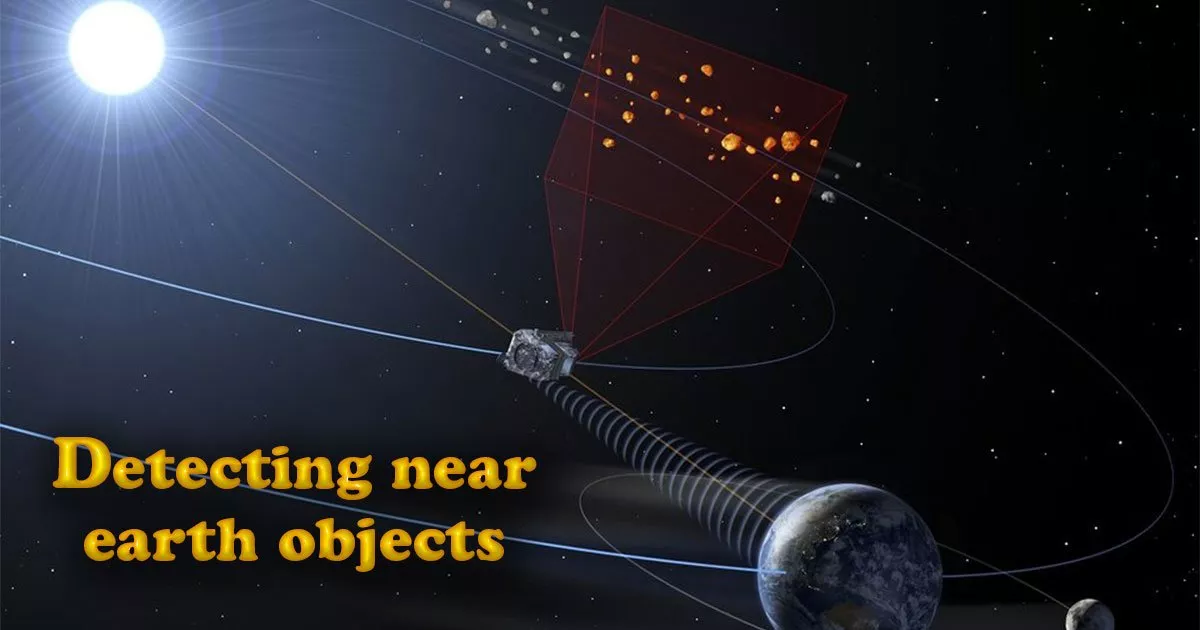

Astronomers are actively searching for Earthbound asteroids every day. These are asteroids on a trajectory that could potentially collide with Earth. Identifying and tracking these asteroids is vital for planetary defense, as a collision with a giant asteroid could have devastating consequences.

To keep us from going the way of the dinosaurs, astronomers use various telescopes and observation techniques to detect Earthbound asteroids. One of the most effective methods is to use ground-based telescopes to search for asteroids that pass near the Earth’s orbit. The Panoramic Survey Telescope and Rapid Response System (Pan-STARRS) is one such telescope used for this purpose.
Once an Earthbound asteroid is detected, astronomers will continue to track its trajectory to determine if it threatens Earth. If the asteroid is found to be on a collision course, measures can be taken to deflect its trajectory and prevent a catastrophic impact. These measures work well and are always getting better. There is just one problem; we can’t see all of them.
If an asteroid is coming towards us from the sun’s direction, we have difficulty detecting them. The sun shines too bright to track many objects whipping around our star. It will be too late by the time our ground-based detection systems find these rogue bodies heading for Earth.
That’s why we need a third-person view of our planet to get a decent idea of the trajectories of such things. We need a satellite that is based far enough away from the Earth to be able to detect these objects in a timely fashion. Lucky for us, ESA(European Space Agency) has a plan.
NEOMIR stands for Near Earth Object Mission in the Infrared. The mission is in the early planning stages and won’t likely see a launch date until around 2030.
NEOMIR will be positioned beyond Earth’s atmospheric distortions and equipped with an infrared telescope to watch a nearby area around the Sun that’s not visible from the ground. It aims to detect asteroids that might come too close between Earth and the Sun. If any hazardous asteroids come by that spot, we can’t see them right now; they must pass through this ring that NEOMIR will be watching.
The satellite will accomplish this by using infrared observations to detect heat emitted by asteroids, which is not obscured by sunlight. This thermal emission is absorbed by Earth’s atmosphere, but NEOMIR will have a better view from space and can observe closer to the Sun than from Earth.
NEOMIR should be able to spot asteroids at least 20 meters in size that are headed toward Earth, with a minimum warning time of three weeks. In the worst-case scenario, if an asteroid is seen passing near the spacecraft, we would get a minimum of three days’ notice – the fastest the asteroid could travel from L1 to Earth.

Lagrange points are very popular locations to park satellites. You might have heard about the L2 Lagrange point quite a bit if you followed the launch of the JWST in 2021. The L1 Lagrange point is another of these points of gravitational equilibrium between the Earth and the Sun, located about 1.5 million km from Earth in the direction of the Sun. There are several advantages of the L1 Lagrange point for satellites of this nature:
The Space Safety Program is currently developing the details of the NEOMIR mission. It’s planned to launch around 2030 using an Ariane 6-2 rocket. ESA’s Concurrent Design Facility did an initial study in the Netherlands in 2021. The study aimed to define a mission that would work with NASA’s NEO Surveyor mission. The US government funded the NEO Surveyor mission to find 90% of near-Earth objects bigger than 140 meters in diameter. Meanwhile, NEOMIR will focus on detecting imminent impactors of any size.
NEOMIR is in its early mission study phase and will need a telescope with a corrected focal plane half a meter long. It also requires two infrared channels covering 5-10 micrometers of light. The technology necessary for the detectors and electronics for this mission is currently being developed.
There will be industrial research and development projects to support this work. The goal is to perform similarly to the ‘NEO Surveyor detectors,’ currently used in other missions like the James Webb Space Telescope and ESA’s Euclid and Ariel missions. However, NEOMIR will be operating at shorter wavelengths.